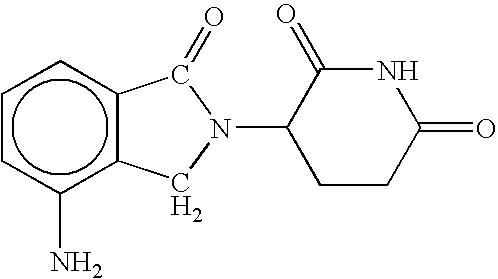Treatment of leg ulcers using placenta derived collagen biofabric
a placenta-derived collagen and biofabric technology, applied in the field of treatment and repair of leg ulcers, can solve the problems of leg ulcers, foot ulcers, skin substitutes, etc., and achieve the effects of improving preventing or reducing the worsening of at least one aspect of the leg ulcer, and improving measurably
- Summary
- Abstract
- Description
- Claims
- Application Information
AI Technical Summary
Benefits of technology
Problems solved by technology
Method used
Image
Examples
example 1
5.1 Example 1
Method of Making Collagen Biofabric
[0270]Materials
[0271]The following materials were used in preparation of the collagen biofabric.
Materials / Equipment
[0272]Copy of Delivery Record[0273]Copy of Material / Family Health History / Informed Consent[0274]Source Bar Code Label (Donor ID number)[0275]Collection # (A sequential number is assigned to incoming material)[0276]Tissue Processing Record (Document ID #ANT-19F); a detailed record of processing of each lot number is maintained[0277]Human Placenta (less than 48 hours old at the start of processing)[0278]Sterile Surgical Clamps / Hemostats[0279]Sterile Scissors[0280]Sterile Scalpels[0281]Sterile Steri-Wrap sheets[0282]Sterile Cell Scraper (Nalgene NUNC Int. R0896)[0283]Sterile Gauze (non-sterile PSS 4416, sterilized)[0284]Sterile Rinsing Stainless Steel Trays[0285]Disinfected Processing Stainless Steel Trays[0286]Disinfected Plastic Bin[0287]Sterile 0.9% NaCl Solution (Baxter 2F7124)[0288]Sterile Water (Milli Q plus 09195 or Ba...
example 2
5.2 Example 2
Alternative Method of Making Collagen Biofabric
[0367]A placenta is prepared substantially as described in Step I of Example 1 using the Materials in that Example. An expectant mother is screened at the time of birth for communicable diseases such as HIV, HBV, HCV, HTLV, syphilis, CMV and other viral and bacterial pathogens that could contaminate the placental tissues being collected. Only tissues collected from donors whose mothers tested negative or non-reactive to the above-mentioned pathogens are used to produce the collagen biofabric.
[0368]A sterile field is set up with sterile Steri-Wrap sheets and the following instruments and accessories for processing were placed on it: sterile tray pack; rinsing tray, stainless steel cup, clamp / hemostats, tweezers, scissors, gauze.
[0369]The placenta is removed from the transport container and placed onto a disinfected stainless steel tray. Using surgical clamps and scissors, the umbilical cord is cut off approximately 2 inches ...
example 3
5.3 Example 3
Collagen Biofabric Laminate
[0379]The collagen biofabric produced by the methods described in Example 1, above, was laminated as follows. “Dry” collagen biofabric was produced by the procedure outlined in Example 1, above, then rehydrated and laminated. “Wet” collagen biofabric was prepared up to Step III of Example 1 (that is up to the point of vacuum drying), then laminated. After mounting frames were cut and the “dry” biofabric was rehydrated, both types of biofabric were mounted by placing the fetal side down, placing the mounting frame on top of the tissue, and cutting the tissue, leaving about 1 cm edge around the frame. The 1 cm edge was folded over the edge of the frame using a cell scraper. These steps were repeated for adding additional pieces of collagen biofabric. The laminated biofabric was then placed in a gel dryer and dried to substantial dryness (<20% water content by weight). Laminates were then cut to 2×6 cm samples.
[0380]Separate lots of the laminated...
PUM
| Property | Measurement | Unit |
|---|---|---|
| time | aaaaa | aaaaa |
| thickness | aaaaa | aaaaa |
| thickness | aaaaa | aaaaa |
Abstract
Description
Claims
Application Information
 Login to View More
Login to View More - R&D
- Intellectual Property
- Life Sciences
- Materials
- Tech Scout
- Unparalleled Data Quality
- Higher Quality Content
- 60% Fewer Hallucinations
Browse by: Latest US Patents, China's latest patents, Technical Efficacy Thesaurus, Application Domain, Technology Topic, Popular Technical Reports.
© 2025 PatSnap. All rights reserved.Legal|Privacy policy|Modern Slavery Act Transparency Statement|Sitemap|About US| Contact US: help@patsnap.com



